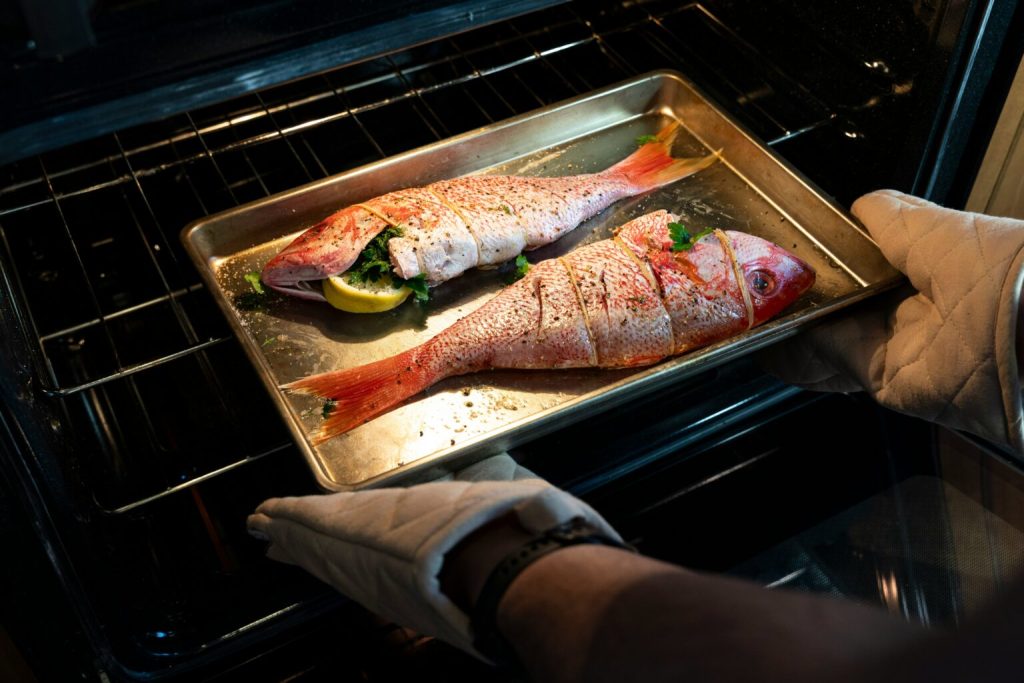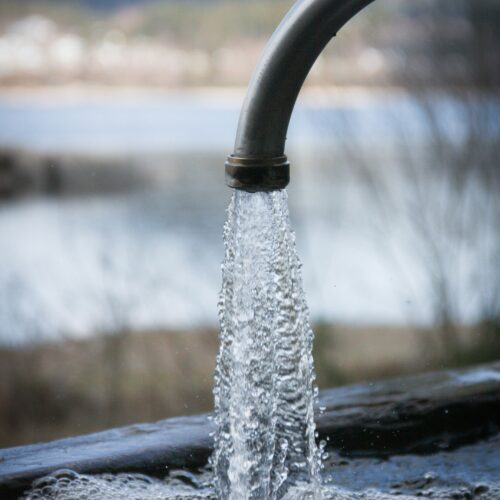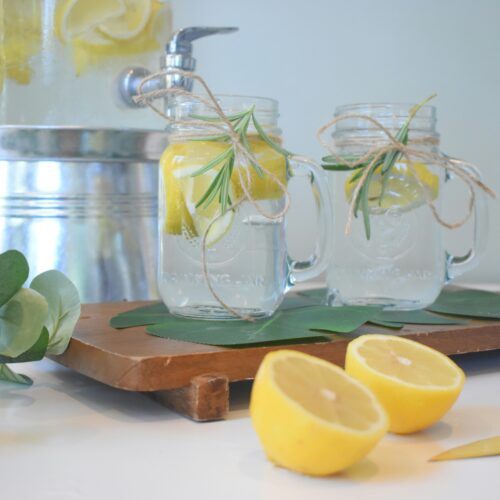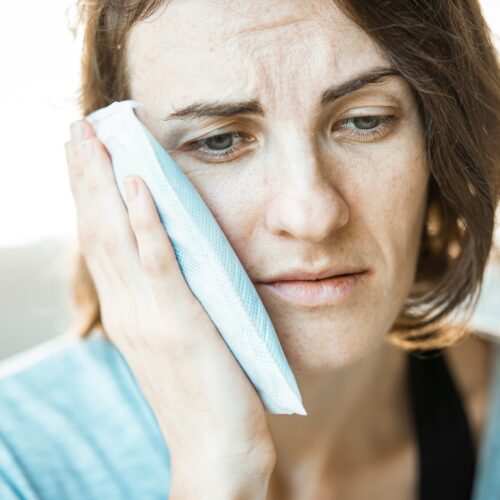The Best Stainless Steel Baking Sheets – When it comes to baking, having the best baking sheets in your kitchen can make a world of difference.
Whether you’re preparing chocolate chip cookies, roasting potato wedges, or making sheet-pan dinners, a stainless steel baking sheet is a great choice for home cooks who prioritise durability, safety, and consistent results.
Why Choose Stainless Steel Bakeware?
Unlike non-stick sheet pans that come with silicone coatings or ceramic coating, stainless steel bakeware is free from harmful chemicals and toxic chemicals that can leach into food at high temperatures.
Many traditional pans, such as those made from uncoated aluminium, can react with acidic foods, altering taste and potentially causing health concerns. Stainless steel pans offer a non-toxic, high heat resistant, and long-lasting alternative, making them one of the best material choices for baking.
Key Features Of The Best Stainless Steel Baking Sheets
A sturdy baking sheet should provide excellent heat distribution, ensuring that food bakes evenly. Here are some essential aspects to consider…
- Material Composition – Look for stainless steel sheet pans with an aluminium core to enhance heat distribution and prevent hot spots.
- Size Variations – Available in different sizes, including quarter sheet, half-sheet pans, full sheets, and big sheets. Making them versatile for home kitchens and professional use.
- Durability – Steel pans with steel rims prevent warping, even with heavy use and exposure to extreme heat.
- Ease of Use – A flat cookie sheet or half sheet pan pairs well with a cooling rack. Allowing for better air circulation when cooling baked goods.
- Compatibility – Unlike nonstick coating pans that degrade over time, stainless steel broiler pans and stainless steel cookie sheet pans maintain their original shape even after frequent use.
Stainless Steel Grades Of Flatware
Stainless steel flatware is available in different grades, each offering unique benefits. The most common types include…
- 18/10 Stainless Steel – Contains 18% chromium and 10% nickel, offering excellent corrosion resistance and a polished, high-quality finish. This is commonly used in premium flatware sets.
- 18/8 Stainless Steel (304) – Similar to 18/10 but with slightly less nickel (8%). Providing good durability and a shiny appearance.
- 18/0 Stainless Steel (430) – Ideal if you want less toxic cooking utensils. Contains no nickel, making it less resistant to corrosion. It is a great budget-friendly option for everyday use.
- 13/0 Stainless Steel – Typically used for knife blades, offering increased hardness and sharpness but lower corrosion resistance.
When choosing stainless steel flatware, consider your needs in terms of durability, toxicity, appearance, and price to select the best option for your kitchen.
304, 316, 410, 420 & 430 Stainless Steel
Each of the above numbers represents a material category with a specific composition ratio – as we will explain below. They each have unique properties that make them more, or less suitable for various uses.
- 304 Stainless Steel – Also known as 18/8 stainless steel, this is one of the most common types used in kitchenware. It contains 18% chromium and 8% nickel, providing excellent corrosion resistance and durability.
- 316 Stainless Steel – This grade includes molybdenum, which enhances its resistance to corrosion, especially against salty or acidic environments. It is commonly used in medical and marine applications but is also found in some high-end kitchenware.
- 410 Stainless Steel – A low-nickel stainless steel with high strength and hardness. It is often used for kitchen tools, such as knives, due to its ability to maintain a sharp edge.
- 420 Stainless Steel – Similar to 410, but with slightly better corrosion resistance. It is commonly used for cutlery and knives.
- 430 Stainless Steel – Also known as 18/0 stainless steel, this type is nickel-free (least toxic option) and offers good corrosion resistance at an affordable price. This makes it a popular choice for those wanting less toxic chemicals in their home – as well as being budget-friendly flatware and bakeware.
Understanding these different stainless steel grades allows home cooks to choose the best materials for their bakeware and kitchen utensils, ensuring durability, safety, and long-lasting performance.

What Is 18/0 (430) Stainless Steel & Why Is It So Good?
Personally, the only type of stainless steel cookware we use in our home is 18/0 as it is the least toxic – having no nickel content. We’ve used the same pans and cookie sheets for years as as long as they are used properly, they’ll last a long time.
18/0 stainless steel, also known as 430 stainless steel, is a popular material used in stainless steel bakeware. It contains 18% chromium and 0% nickel, making it a great choice for those with nickel sensitivities, or for anyone wanting less toxic chemicals near their food.
Here’s why 18/0 stainless steel is so beneficial…
- Corrosion Resistance – 18/0 stainless steel is resistant to rust and oxidation, making it suitable for frequent use in home kitchens.
- Magnetic Properties – Unlike other stainless steel types, 18/0 stainless steel is magnetic, which means it is compatible with induction cooktops and certain kitchen tools.
- Affordability & Availability – As 430 stainless steel does not contain nickel, it is more budget-friendly while still offering great results for baking and roasting.
- High Heat Tolerance – 18/0 stainless steel can withstand extreme heat. Making it ideal for baking at high temperatures without warping or degrading over time.
- Least Toxic – Of all the stainless steel grades, 18/0 is the least toxic. Making it the perfect option if you want to rid your home of toxins.
Choosing 18/0 stainless steel baking sheets ensures better air circulation, even cooking, and long-lasting performance, making them a reliable option for home cooks and professionals alike.
The Dangers Of PFAS & Chemicals In Kitchen Utensils
Many kitchen utensils and bakeware come with coatings or materials that may contain harmful chemicals. Including PFAS (PFAS stands for perfluoroalkyl or polyfluoroalkyl substances). These chemicals are commonly found in non-stick coatings, and prolonged exposure has been linked to various health concerns. Here’s why avoiding them is important…
- PFAS Exposure Risks – These chemicals can leach into food when exposed to high temperatures. Posing potential health risks such as hormone disruption and other long-term effects.
- Toxic Coatings – Many non-stick sheet pans use coatings that degrade over time, leading to the ingestion of microscopic particles.
- Safer Alternatives – Opting for stainless steel bakeware, cast iron, or carbon steel reduces the risk of exposure to harmful chemicals.
- Better for the Environment – PFAS and other synthetic coatings contribute to environmental pollution. Whereas stainless steel bakeware is long-lasting and recyclable.
By switching to stainless steel baking sheets, stainless steel broiler pans, and uncoated bakeware, home cooks can ensure safer food preparation without compromising on great results. Basically, if it has any kind of coating – DO NOT USE IT if you want to reduce the amount of toxins you are exposed to.
Natural Ways To Clean Stainless Steel Baking Sheets
Proper maintenance ensures your best baking pan stays in top shape. Here are natural cleaning methods that help maintain great baking sheets…
- Warm Soapy Water – The simplest method for easy cleaning. Wash your stainless steel pan with warm soapy water and a soft sponge.
- Baking Soda and Vinegar – Create a paste using baking soda and vinegar to scrub away tough stains.
- Lemon and Salt – The acidity of lemon combined with salt acts as a natural abrasive, helping to restore shine.
- Boiling Water and Baking Soda – For stubborn residue, boil water in the pan, then scrub with baking soda.
- Tomato Paste – Yep! One of the best ways to clean stubborn marks on stainless steel is with tomato paste. Simply apply the paste and scrub as normal.
How To Use Stainless Steel Baking Sheets For The Best Results
Using parchment paper on your stainless steel sheet pan or a cooling rack underneath it can help achieve great results when cooking. It helps to prevent sticking and improves better air circulation. Additionally…
- Preheat the oven to the recommended temperature range for standard size pans.
- Always use oven mitts when handling a large baking sheet or stainless steel broiler pan.
- Avoid metal utensils to prevent scratches, but keep in mind that stainless steel is more resilient than non-stick surface options.
- Never put your stainless steel cookie sheet pan under cold water straight from the oven.
- Don’t leave your stainless steel pans in water as they will rust quickly.
Stainless Steel vs. Other Bakeware Materials
While some home cooks prefer carbon steel, cast iron, or aluminised steel, stainless steel bakeware is often the favourite baking sheet choice due to its ease of use, longevity, and safety. Unlike darker pans, which can cause uneven browning, stainless steel cookie sheet pans provide the ideal surface for achieving golden brown results.
Where To Buy The Best Stainless Steel Baking Sheets
Many brands offer free shipping on new collections of bakeware sets, making it easier than ever to upgrade your kitchen tools. Whether you’re an experienced home cook or just getting started, investing in a good baking sheet can help you achieve great results every time.
By selecting the right tools and practising proper care, you’ll enjoy a lifetime of baking success with your favourite baking sheet. So, whether you’re baking sheet cakes or roasting vegetables, stainless steel bakeware is a great choice for any kitchen!




